How does CNC compare to 3D printing in terms of accuracy?
Every engineer working on precision parts has encountered a similar…
[GTranslate]

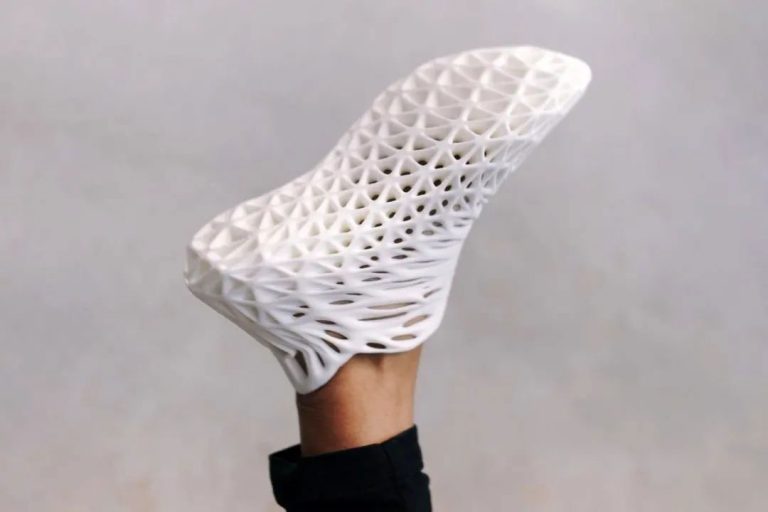
Every engineer working on precision parts has encountered a similar…

Injection molding and 3D printing are two popular manufacturing processes used to…
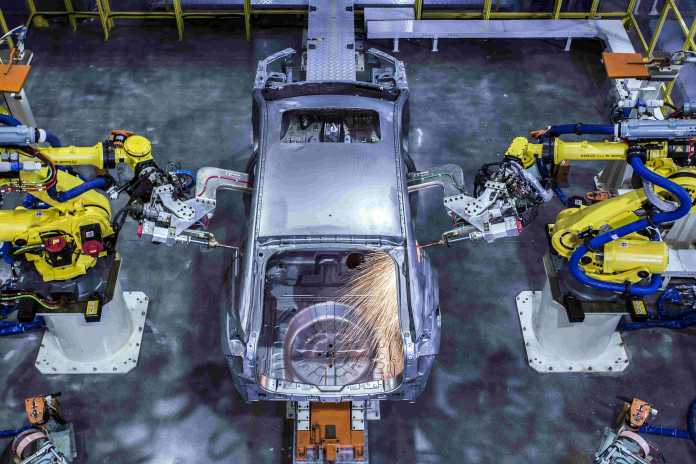
Over the last few decades, 3D printing has revolutionized the…
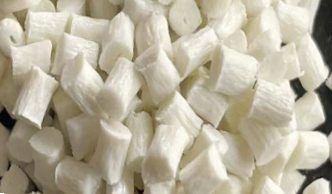
Three materials—PLA, ABS, and nylon—are necessary for 3D printing. Manufacturing…
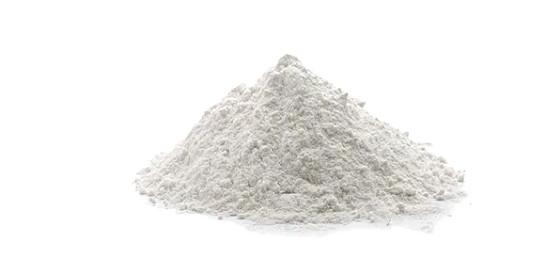
How is 3D Printing Classified? In this technology, standard filamentous…
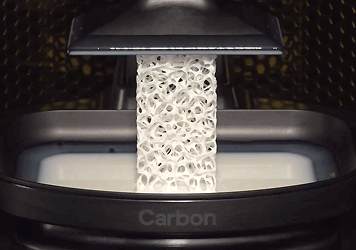
There are a variety of materials that can be applied…
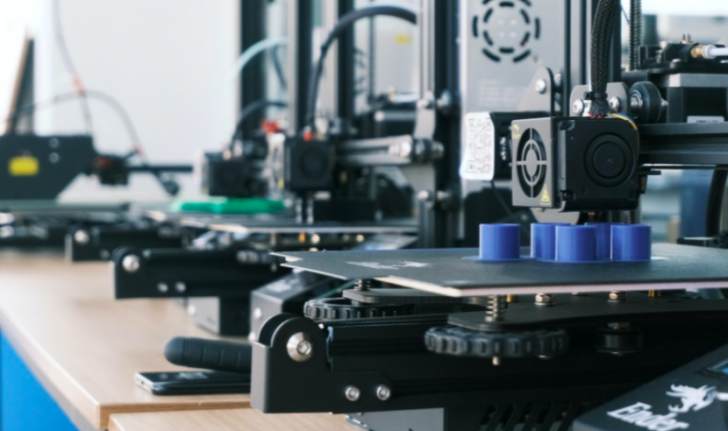
Making three-dimensional solid products from digital data is known as…

If you’re considering 3D printing, the first technical question is…
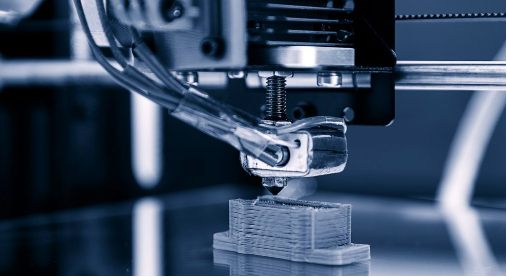
Not all 3D printing technologies serve the same purpose. If…
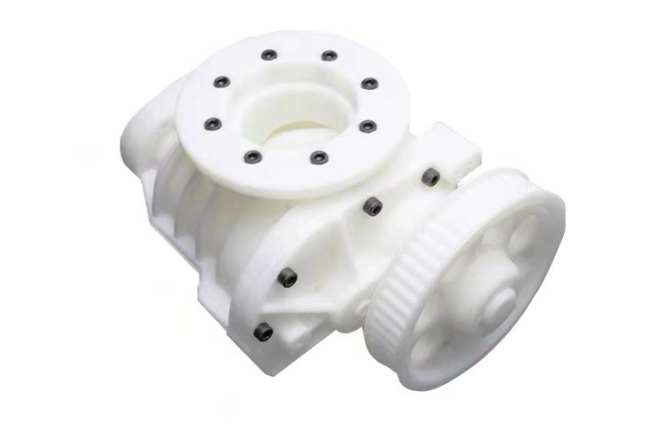
The application of 3D printing technology is the development trend…

3D printing technology emerged in the mid-1990s and is actually…
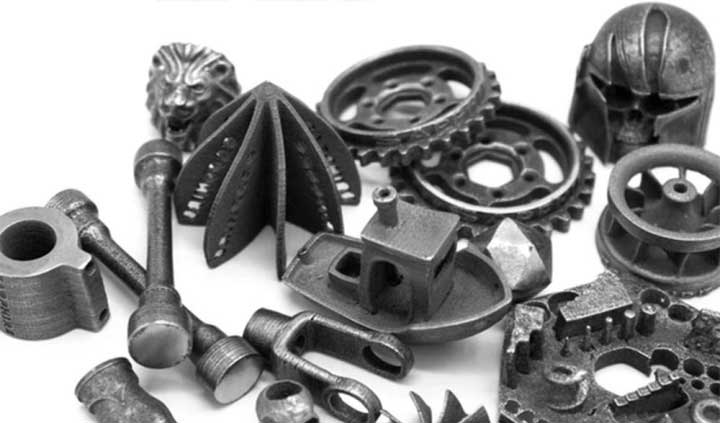
3D printing seems to have faded out of sight. Due…
Request A Quote